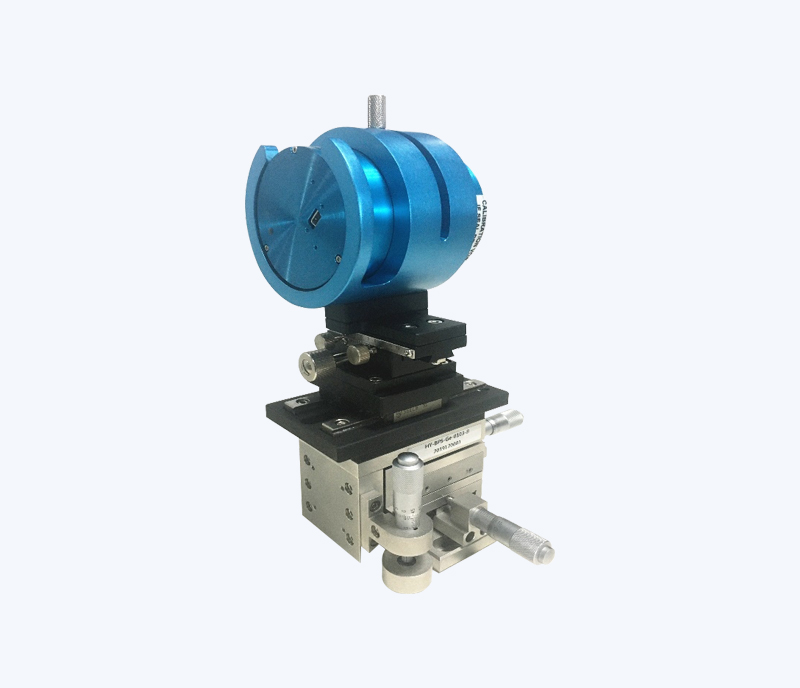


Shenzhen Haoyuan Optoelectronics Technology Co., Ltd. was established in 2005 and is committed to the R&D and production of light source testing equipment. Its products are widely used in fields such as optical communications, interferometry, and optical fiber sensing testing, and it is a recognized manufacturer dedicated to optical application products. Shenzhen Haoyuan Optoelectronics Technology Co., Ltd. introduced the world's advanced technology in 2017, conducted in-depth research on laser beam quality analysis and energy distribution, and launched the HY series BPS-GE-0103 beam quality analysis system based on the actual production needs of domestic manufacturers.
BPS-GE-0103 specifications
Detector type | Power range | Wavelength range | Aperture | Slit size | Probe size |
silicon | ~100nW~100mW | 190nm-950nm | 3.5mm | 1.8μm | 63mm |
9mm | 5μm | 63mm | |||
25μm | |||||
25mm | 25μm | 100mm | |||
germanium | 1μW~100mW | 700nm-1800nm | 3.5mm | 1.8μm | 63mm |
9mm | 5μm | 63mm | |||
25μm | |||||
12mm | 25μm | 100mm | |||
Pyroelectricity | 100mW~100W | 200nm-100μm | 9mm | 5μm | 63mm |
25μm | |||||
20mm | 25μm | 100mm |


0755-89217397